I found photographs in a cigarette tin in the back of a drawer in my house. At first I thought they were just soldier’s happy snaps, but when I looked closer I realised they were much more than that. They were probably taken by an officer or one of the official war photographers accompanying the Australian troops in Palestine during World War 1, but I have no way of proving this. As a senior officer in the 1st AIF my grandfather was acquainted with many people who might have given them to him.
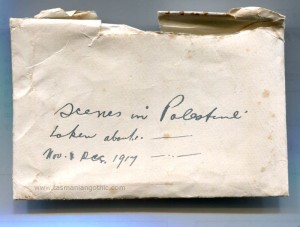 After much reading and searches of published photographs, I have identified the subjects of most of them by guesswork. The unknown photographer had thoughtfully provided captions on the backs of a dozen or so, which was definitely a help. So was the envelope, identifying them as being Palestine, about November/December 1917, but there are still a lot of unknowns and sometimes my guesswork has been very wild indeed. Despite this, I think these century-old images are worth sharing.
After much reading and searches of published photographs, I have identified the subjects of most of them by guesswork. The unknown photographer had thoughtfully provided captions on the backs of a dozen or so, which was definitely a help. So was the envelope, identifying them as being Palestine, about November/December 1917, but there are still a lot of unknowns and sometimes my guesswork has been very wild indeed. Despite this, I think these century-old images are worth sharing.
Unless otherwise stated, all quotations are from Official History of Australia in the War of 1914-18 (3rd edition); page numbers refer to Gullett, H.S. Vol. V11, Sinai and Palestine. I drew the map, and accept full responsibility for errors in geography.
Since I originally posted these photographs, far more knowledgeable people have contacted me, correcting mis-identifications and adding more details. I am very grateful for their help, and have credited them in the appropriate places.
foreground detail from photograph of Railway Bridge across canal at Nouzha gardens Alexandria
After withdrawal from the Gallipoli peninsula in December 1915, the Australian Light Horsemen returned to Egypt, where they were re-united with their horses “and jingled very happily again in their spurs”. (54) “The Anzac Mounted Division was formed early in March, and on March 16th [1916] Major-General H.G. Chauvel was appointed to its command. The new formation, which was to achieve results unequalled by any other division of horse, Allied or enemy . . . was at the outset composed of the 1st, 2nd, and 3rd Australian Light Horse Brigades and the New Zealand Mounted Rifles Brigade.” (57-58) Most soldiers began their desert adventures in Alexandria, and our mystery photographer was there too.
Aboukir is at the mouth of the Nile
“Having allowed Chauvel’s horsemen to debouch from the desert [of Sinai] without opposition and secure a foothold on the firm soil of the plains, the Turks were obliged to fall right back to the Gaza-Beersheba line in order to secure a strong defensive position based on an adequate supply of water.”(247) “Few cities have changed hands so frequently as Gaza. Its conquest has, since the beginning of civilisation, always been a preliminary step for . . . an advance from the Nile towards Palestine. . . . [It] dominates an undulating plain about eighty square miles in extent, between the Wady Hesi on the north and the Wady Ghuzze on the south.” (252)
The first months of 1917 saw water pipelines and a railway constructed across Sinai from Kantara to supply “the needs of the rapidly growing army – which now made up a grand total (including Egyptian labourers) of close upon 200,000 men, in addition to some 20,000 camels, 46,000 horses, 15,000 mules and a few thousand donkeys, all dependent for foodstuffs upon outside sources and upon water which locally was to be found nowhere on the surface, and off the immediate coast scarcely to be found at all.” (364)
Wady Ghuzze was a vital source of water during preparations for the move on Beersheba. “A characteristic wady, the Ghuzze is more favoured than most of the streams of southern Palestine; in addition to its winter floods, when it rolls down in a great muddy torrent several feet deep . . . it is fed in summer by a number of springs in its bed, which . . . provide permanent water”.(263)
military railway bridge over Wady Ghuzze
“The enemy fully expected Allenby’s offensive [but] Allenby succeeded in inducing the belief that he would attack Gaza with his main force, combining the attack with a landing from the sea north of the town.” (373)
“Chauvel reached Asluj with Desert Mounted Corps Headquarters on the afternoon of the 30th, and arrangements were completed for the night ride of about twenty-five miles, which was designed to place the six brigades within striking distance of Beersheba at dawn. General Allenby’s plan demanded that the town should be captured and the enemy’s left flank crushed within twenty-four hours of the move from Asluj.” (379)
railway station, Asluj1
“at Asluj, the Australians met for the first time a detachment of their allies, the Arabs of the Hejaz. This party, a few hundred strong, was under the command of Lieutenant-Colonel Newcombe, one of the few British officers engaged at this time in romantic and hazardous exploits with the picturesque men of the desert.” (381) Newcombe worked closely with the legendary Lieutenant-Colonel T.E. Lawrence.

Sherif of Mecca’s forces –
an advance paterol leaving Asluj 30.10.17 (8 am) for Beersheba as guides to L. Horse
“The initial bombardment opened on October 27th, with the dual purpose of reducing the defences and of concealing the attack on Beersheba.” “Two days later the navy joined in the shelling, and day and night the Turks were punished with artillery as they had never been in this or any other war”. (411)
The famous charge against the Turks at Beersheba took place on the afternoon of 30 October, 1917. “The Australian countrymen had never in all their riding at home ridden a race like this; and all ranks, from the heroic ground scouts galloping in front of the squadron leaders, to the men in the third line, drove in their spurs and charged on Beersheba.” (397)
“The first trench, a shallow, unfinished one, held by only a few riflemen, was taken by the rushing horsemen in their stride. Close behind them was the main line, a trench in places ten feet deep and four feet wide, thickly lined by Turks. As Lawson’s men galloped at this obstacle several horses and men were shot, but the excited line pressed on, jumped the trench and, reining up amidst a nest of tents and dugouts, dismounted.” “the Turks were now so demoralised that they offered only a feeble resistance to the bayonet, and . . . after between thirty and forty had been killed with the steel, the rest threw down their rifles and begged for pity.” (397)
“From then to the end of the war the Turks never forgot Beersheba; their cavalry, always shy of the light horsemen, from that hour practically faded out of the war, so afraid were they of a blow from these reckless men who had ridden their big horses over strongly armed entrenchments; and the enemy infantry, when galloped, as after Beersheba they frequently were, invariably shot wildly and surrendered early in the conflict. The charge had dealt a heavy wound to the enemy morale”. (404)
On 7th November “the 60th Division after a hard fight seized the great mound at Sheria” and the enemy was retreating. (430)
On the same day “at 9 o’clock Gaza was entered by the Imperial Service Cavalry Brigade” “almost unresisted where they had expected extremely heavy and expensive fighting”. (429) “Gaza had been evacuated early that morning, and the main Turkish army was already in full retreat up the maritime plain towards Huj.” (435)
“The country was clear, and the going good. . . the squadrons of the 2nd [Regiment of Cox’s 1st Brigade] increased the pace to the gallop, and swooped with loud shouts on Ameidat. Except for shell-fire at long ranges there was little resistance, and in a few minutes the light horsemen had dashed past the railway station, and were rounding up startled Turks who were surrendering readily on all sides. Thirty-one officers and 360 other ranks were made prisoner; and the captures included 250 shells, 200,000 rounds of small arms ammunition, 27 ammunition waggons, a complete field hospital, and a great quantity of stores.” (437)
detail of image below
“The resistance of the Turks, although broken, was persistent.” “The enemy, by holding up Chauvel’s advance from the south-east towards Huj, until his main force had retreated past that place, had saved his army from destruction.” (439)
“If the main Turkish army had escaped destruction, its condition was serious. Discipline had gone to the winds; ranks were broken; unit mingled with unit, service with service . . . Every man knew that safety lay to the north.”(444)
Tired and thirsty though they were, the light horsemen pursued the fleeing enemy; “two regiments now had prisoners in excess of their own numbers”. (453)
The tired, thirsty army were finally able to rest and and water their animals in the vicinity of Jemmameh.
“A number of these tels, or mounds, which were originally frontier strongholds, were a feature of the south-eastern section of the Gaza-Beersheba line.” (Vol XII Photographic Record of the War photo. 605)
According to Jeff Blakely, Professor of Archaeology at the University of Wisconsin,
[This] site is Tell el-Hesi (SW of modern Qiryat Gat). This photograph is looking west and it was most likely taken on 10 or 11 November 1917 as the troops headed north after Beersheba.
In 1890 the first real archaeological dig occurred at Tell el-Hesi. This work continued on to 1892, and if you look at the photograph, especially on the right side, you can see the site has been dug. It happens that in 1890 the excavator was Sir William Matthew Flinders Petrie, who was a famous archaeologist and who dug on behalf of the Palestine Exploration Fund. Just given his name you are not surprised that he was named after his grandfather Matthew Flinders. I believe that most Australian troops knew this. I have read many, many war diaries and probably 10 to 15 times I actually saw the note written by soldiers as they passed Tell el-Hesi that it was the grandson of Matthew Flinders who had dug the site. You could read and feel the pride as they wrote.
So, with that in mind, look at the picture. It is a picture of the site, not the horses. Look at how it is framed. I believe the photographer well knew my story and that he was recording the work done by Matthew Flinders’s grandson.
The first units left Jemmameh for Hesi in the evening of the 9th after rewatering. Reaching Hesi they got a refreshing drink and went on, some toward Arak al-Menshiyya and others toward Faluja. It took over two full days for rewatering to be accomplished at Jemmameh so for two days there was a steady stream of units heading north. At that point a field hospital was set up for a number of days at Tell el-Hesi. About the 16th, it seems, all had moved on.2
“all the little villages . . . were exploited for water . . . The only appliance for raising the water was a bucket and a rope, and most of the ropes had been removed by the natives. To water 2,000 thirst-stricken horses was, under these conditions, a task exceedingly laborious and slow.” “Where ropes were missing they were replaced with bridle-reins and telephone wire, and cattle and horses, thus attached to the buckets and walking out in a straight line, hauled the water from depths as great as 200 feet”. (454)
detail of above showing water cart
“The Australians rode up the old maritime plain . . . And ahead was the Turkish army, . . . now for the first time convincingly beaten and driven fugitive before them.” “Shrapnel and machine-gun fire steadied the advance . . . on Bureir. But nowhere did the enemy stand obstinately, and good progress was made, although casualties were at times numerous.” “All the way the plain was littered with small arms and all kinds of army equipment, which demonstrated the panic and exhaustion of the enemy; the sight of many dead and dying Turks and animals told of the severity of the pursuit and the sickness in the Ottoman ranks.” (451)
“On November 10th . . . the Australian Mounted Division moved north-east against the line Arak al Menshiye-Faluje. As they rode across the abandoned German aerodrome, the light horsemen saw the havoc inflicted by the body of airmen who had flown over the brigade at Huj on the evening of the 9th. The hangars were partially wrecked, many enemy dead lay about, and the steel frames of seven burned aeroplanes were seen.” (458)
“The brigade spent nearly the whole day in watering the horses. The enemy had destroyed the oil engines; and again the water had to be hauled up, a bucket at a time, with telephone wire. All day the enemy shelled the locality from the direction of Zeita, a few miles to the north-east, and, as usual in this advance, paid particular attention to the wells.” (458)
“On the morning of the 10th Cox’s brigade moved on Esdud, the ancient Ashdod, and (like Askalon, which the infantry had passed a little further to the south) one of the five cities of the Philistines . . . in old Askalon there are impressive stone relics of the Crusaders, as of still earlier conquerors.” (456)
I have to admit I’ve no idea what or where these features are. Are they perhaps of archaeological significance?
“Shortly before 10 o’clock [on 14th November 1917] Cox’s advance-guards entered the Jewish village of Khurbet Deiran, a pleasant settlement with a wide expanse of olive- and orange-groves, orchards, and vineyards.” “The Turks had withdrawn from the pretty village itself, but remained in orchards beyond, where cactus hedges gave them good shelter.” (476) They were attacked by the New Zealanders – “As the two lines closed, the fighting was bloody, but brief; then the Turks broke and fled”. (475) “Next morning the patrols of the Anzac Mounted Division reported the front all clear, and the advance was at once vigorously resumed. The 1st Light Horse Brigade, the 2nd Regiment, moved through olive-groves and gardens on Ramleh, found it evacuated, and entered the town about 11o’clock”. (476) The Australians “found interest in the succession of native villages, which . . . were thronged with men and women and bright-eyed, impudent little children”. (476)
notice the well right beside the church
“But their rough and narrow fare was forgotten in the good things provided by the Jewish settlements of Deiran, Wady Hanein, and Richon. Made up chiefly of immigrants from South Russia, with occasional Jewish families from Roumania, Spain, and even the British Empire and America, they were simple, God-fearing folk”. (477) “Regardless of desultory enemy shell-fire, they crowded around the Australians, shouting and laughing and crying, hailing them as true deliverers. Nor was the emotion all on their side. These polyglot Jews of Deiran and Wady Hanein were the first communities of white European people, wearing European dress and living a Western life, whom many Australians and New Zealanders had known since they left home at the outset of the war three years before.” (478)
Kurbet Deiran is now part of Rhehovit
“Immediately after its occupation by the light horse, Deiran became the headquarters of General Chauvel’s Desert Mounted Corps.” (Vol XII Photographic Record of the War photo 611)
“In seventeen days the Gaza-Beersheba barrier had been shattered, some 10,000 prisoners, many guns and much material captured and the enemy driven in disorder for nearly sixty miles.” (486)
1. thank you to Alon Siton at the Israel Railways Museum for this identification
2. thank you to Jeff Blakeley, adjunct Professor, Center for Jewish Studies, University of Wisconsin-Madison
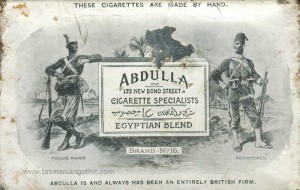


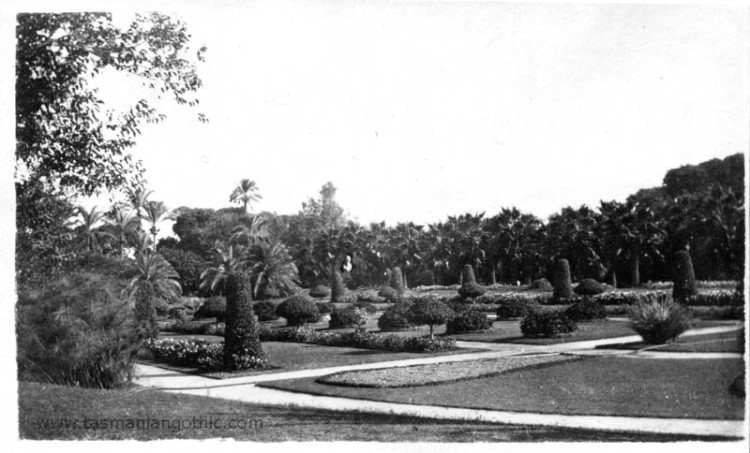

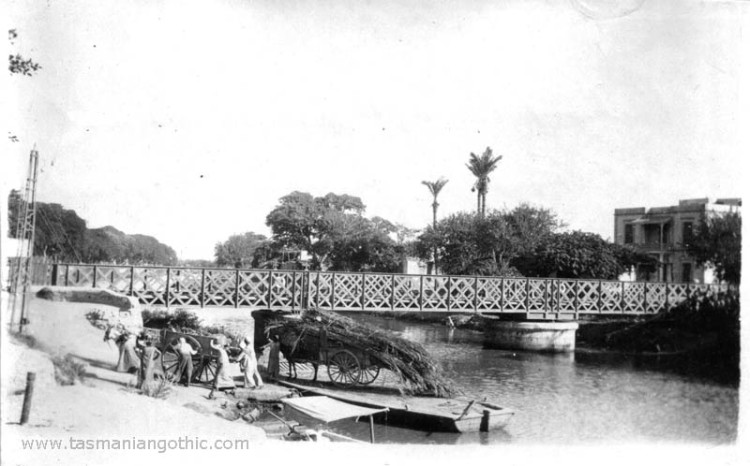
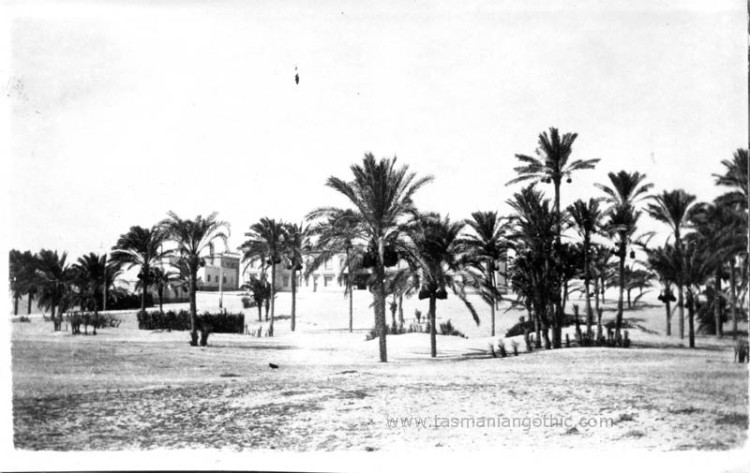

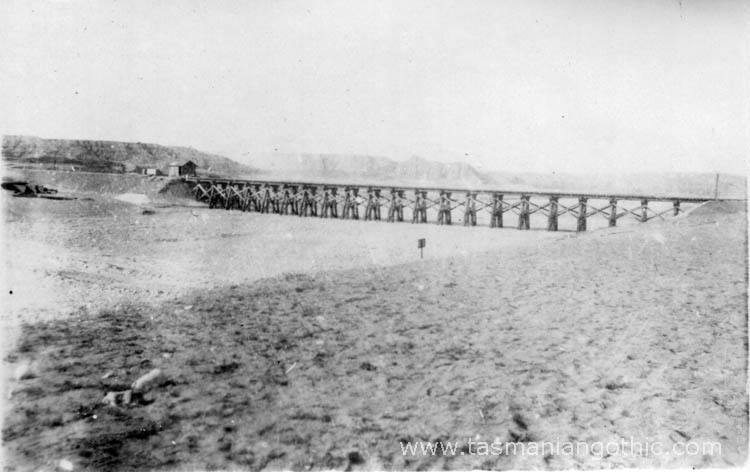



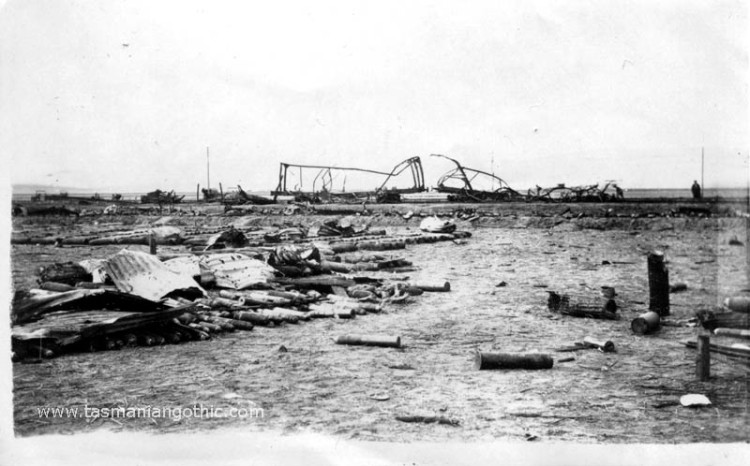









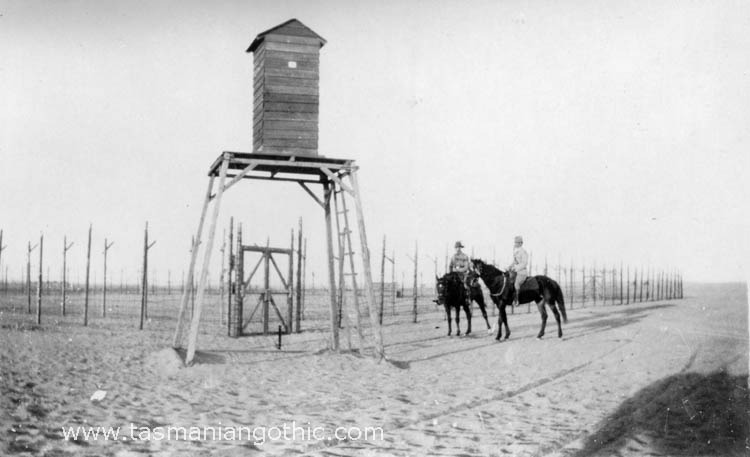



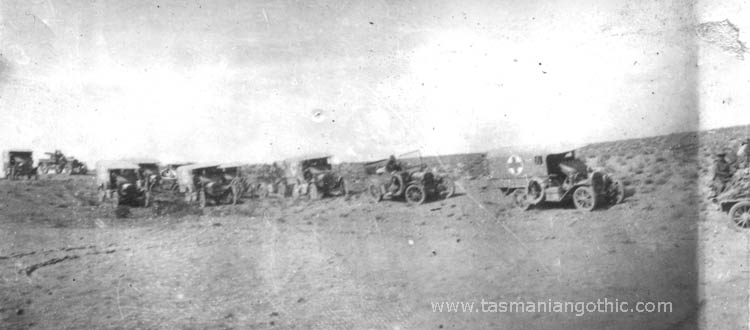
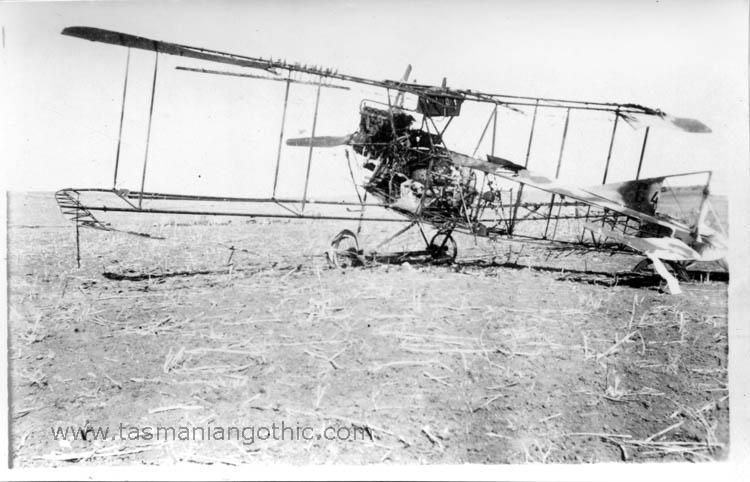


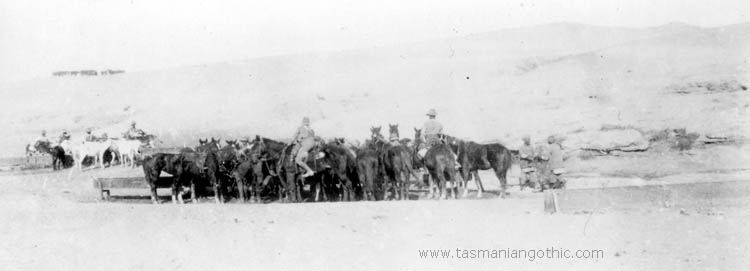




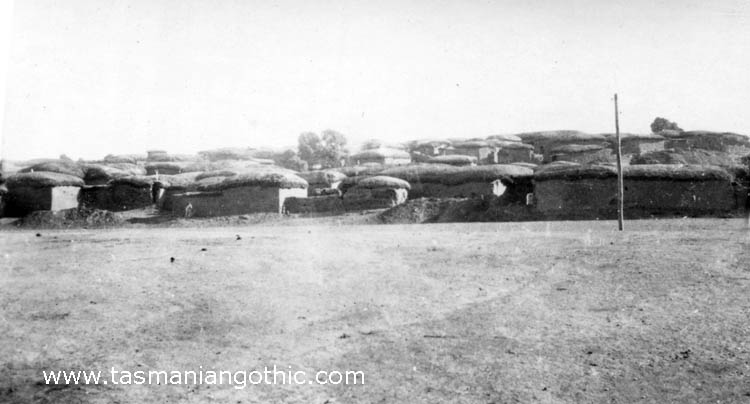


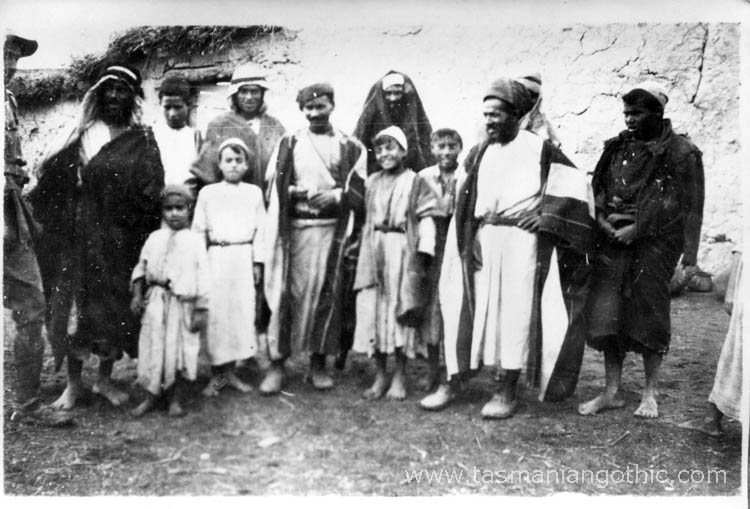


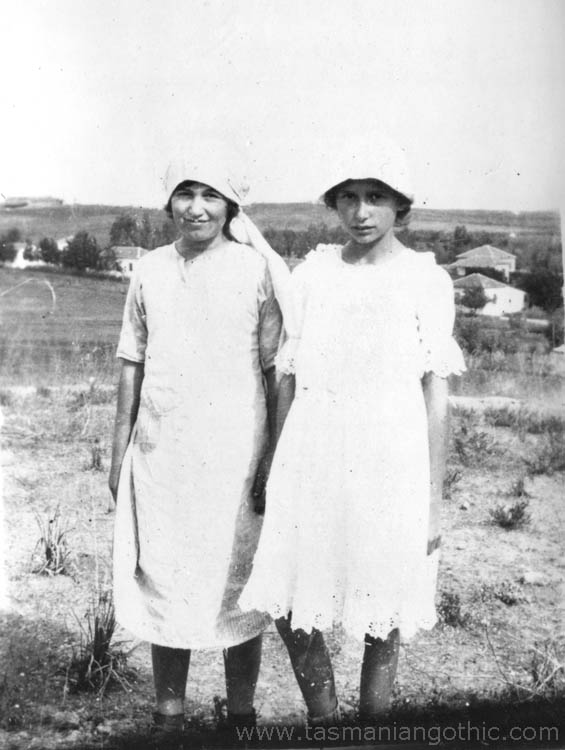
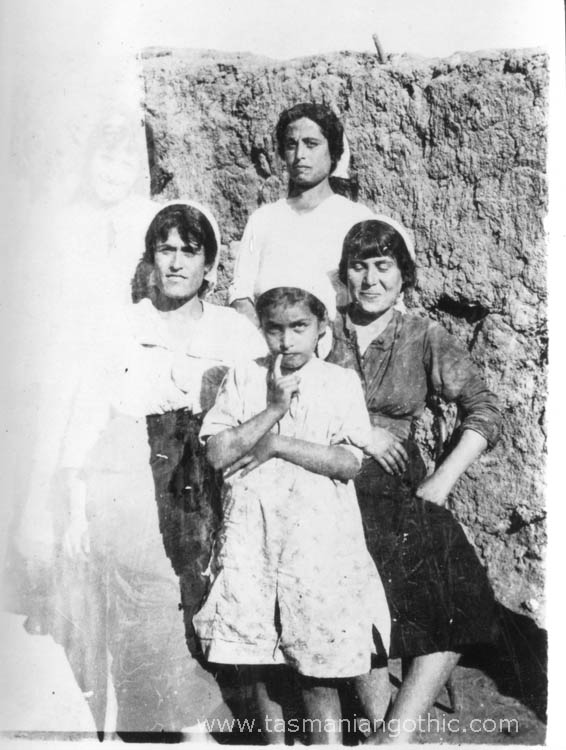
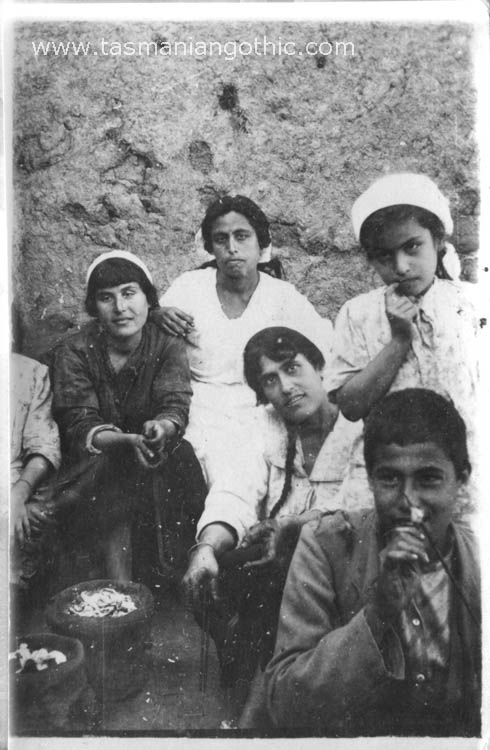

Some interesting photos there.
Cheers
Jean Bou
LikeLike
I’ve just been researching my family and found out my grandfather Lieutenant Geoffrey J H Shenton was awarded a Military Cross as part of the 1/1st Inverness-Shire Battery, Royal Horse Artillery (Territorial Forces).. These pictures and information put in context where he fought. My mothers side is Jewish so it’s amazing my grandfather on my dad’s side help liberate the land that my Jewish ancestors were removed from in AD 70.
LikeLike
Pingback: 7/11/1917 Gaza falls to Allenby #1917Live | World War 1 Live
Pingback: [interlude] Photographs | World War 1 Live
My grandfather was at Beersheba in the 12th light horse. His and his mates stories are very interesting
LikeLike